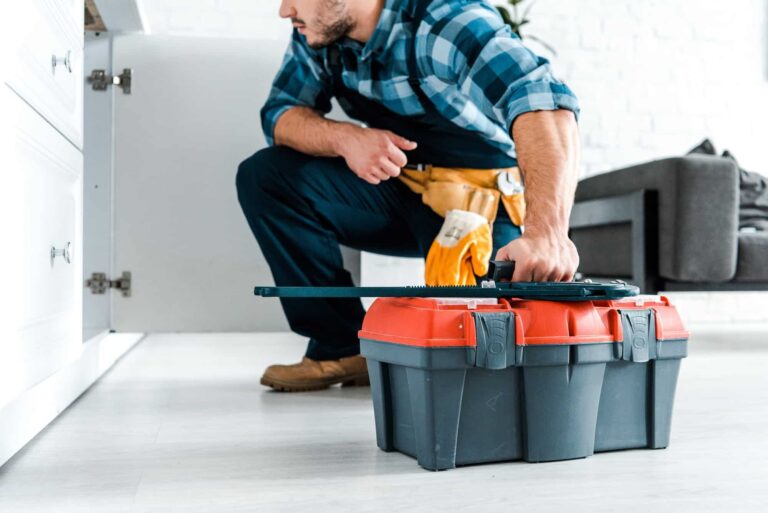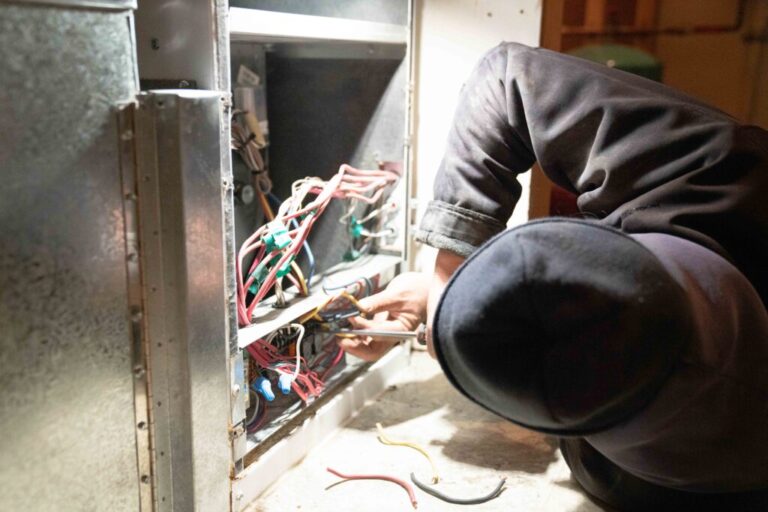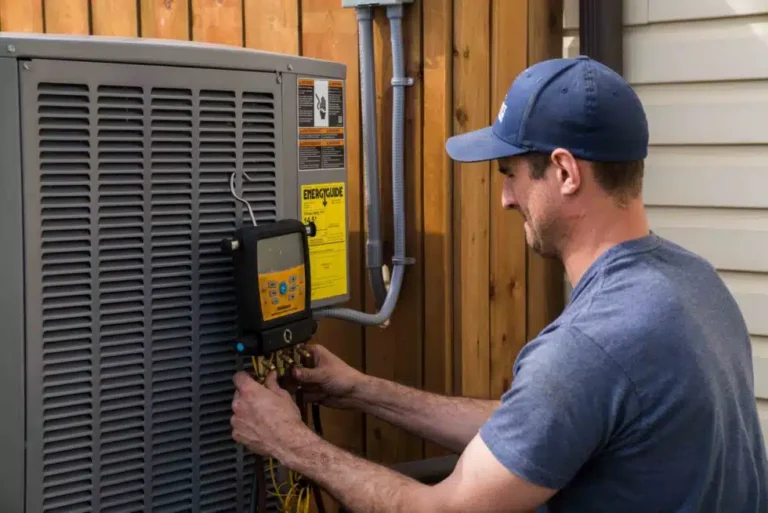Noticed water around your pipes, HVAC unit, or water heater? You might be wondering: is that a leak or just condensation? It’s a common question—and knowing the difference can help you avoid unnecessary worry or prevent major water damage.
In this guide, we’ll break down how to identify whether the water you’re seeing is the result of a plumbing leak or just harmless condensation, what causes each, and when it’s time to call in the pros at Pro Service Mechanical.
What Is Condensation?
Condensation happens when warm, moist air comes into contact with a cooler surface, like cold water pipes or an air conditioner coil. The moisture in the air turns into liquid droplets—just like what happens on the outside of a cold drink on a hot day.
In plumbing and HVAC systems, condensation is normal and harmless—but only in moderation.
Common places you may see condensation:
- Cold water supply lines
- AC evaporator coils
- Water heater tanks (especially in humid basements)
- Ductwork
What Does a Leak Look Like?
A leak, on the other hand, means water is actively escaping from your pipes, fixtures, or appliances—often due to cracks, loose fittings, corrosion, or wear and tear. Unlike condensation, a leak will typically not stop unless the issue is repaired or the water supply is turned off.
Signs of a plumbing leak:
- Continuous dripping or pooling water
- Stains or soft spots on drywall or ceilings
- Mold or mildew growth
- Rusty or corroded pipe joints
- Higher water bills for no reason
- A musty smell near the source of the water
If you’re asking yourself, “is that a leak or just condensation?”, checking for these red flags is a good place to start.
How to Tell the Difference
Here’s a simple checklist to help you determine if you’re dealing with condensation or a leak:
| Question | Leak? | Condensation? |
|---|---|---|
| Is the water localized to a specific pipe or appliance? | ✅ Possibly | ✅ Possibly |
| Is it happening only when the AC or cold water is running? | ❌ Rare | ✅ Common |
| Is there mold, rust, or damage nearby? | ✅ Yes | ❌ Unlikely |
| Does the water pool continuously in one spot? | ✅ Leak | ❌ Condensation dries up |
| Is the surface sweating uniformly? | ❌ Leak | ✅ Normal condensation |
Still unsure? Take a paper towel and dry the area completely. Check back in 30–60 minutes. If the water has returned and is dripping or pooling, it’s likely a leak.
What Causes Excess Condensation?
While some condensation is normal, excessive moisture can indicate:
- Poor ventilation or high humidity
- Uninsulated cold water pipes
- Faulty HVAC components
- Clogged AC drain lines
If it’s persistent or starts causing damage, it’s worth having it looked at by a technician.
What to Do Next
If you think it’s just condensation:
- Wipe the area dry and monitor
- Insulate cold pipes or ducts
- Use a dehumidifier in humid spaces
- Ensure proper airflow around appliances
If you suspect it’s a leak:
- Turn off the water supply if needed
- Avoid using the affected fixture or appliance
- Call a licensed plumber at Pro Service Mechanical right away
Don’t Wait for Water Damage to Get Worse
When left unchecked, even a small leak can cause thousands of dollars in structural damage or mold remediation. On the flip side, overreacting to normal condensation could cost you an unnecessary service call.
Still asking, “is that a leak or just condensation?” Call Pro Service Mechanical for a professional assessment—we’ll help you get to the bottom of it quickly and affordably.




